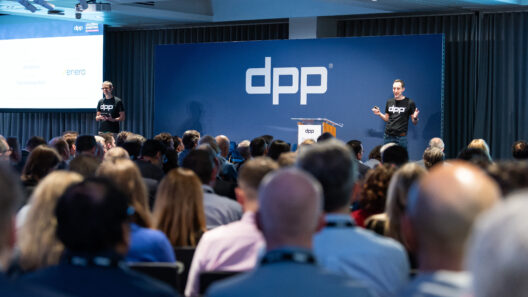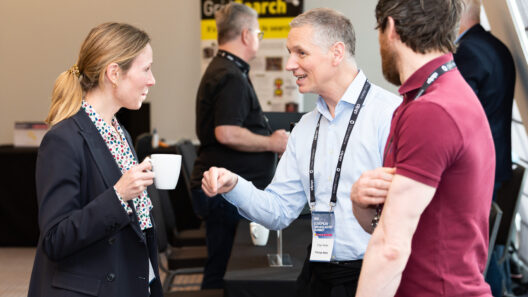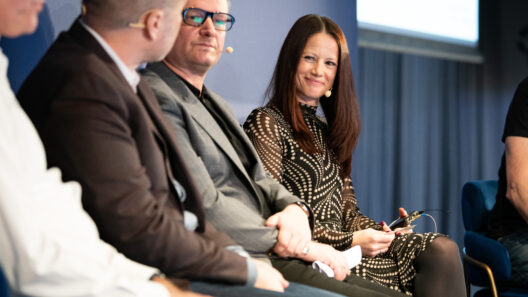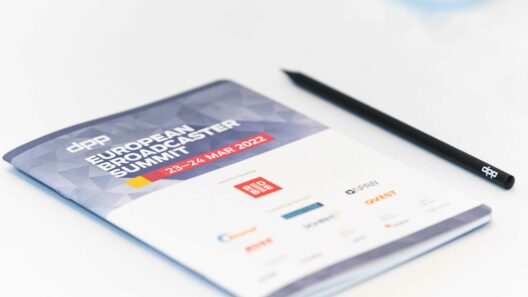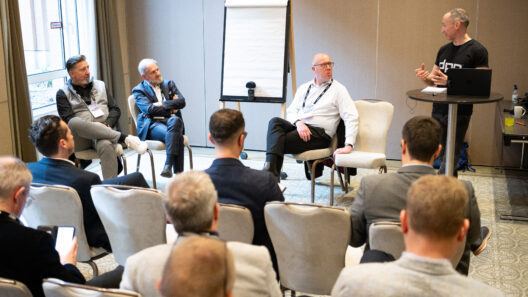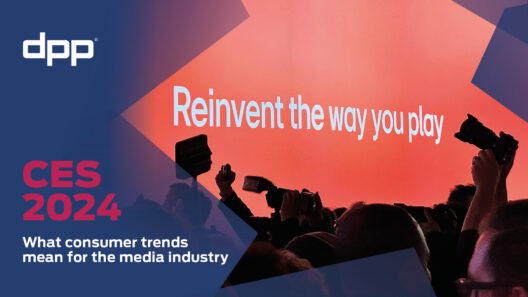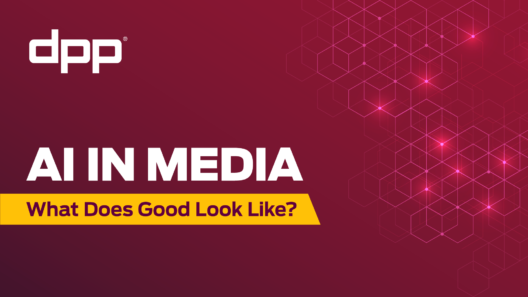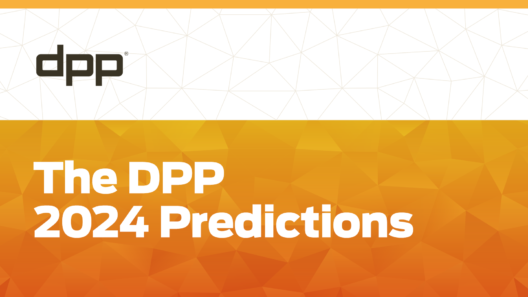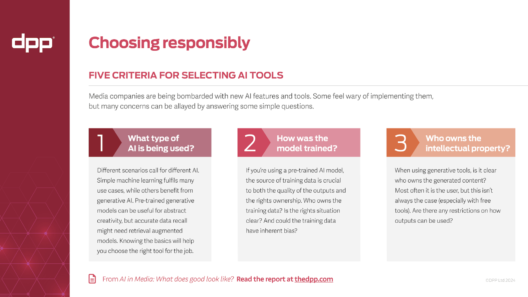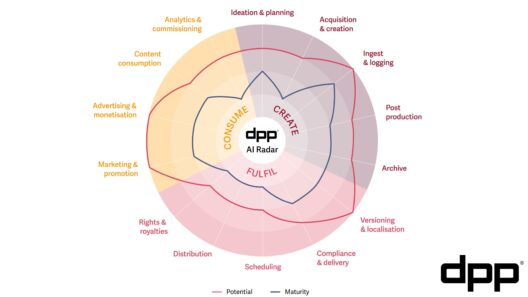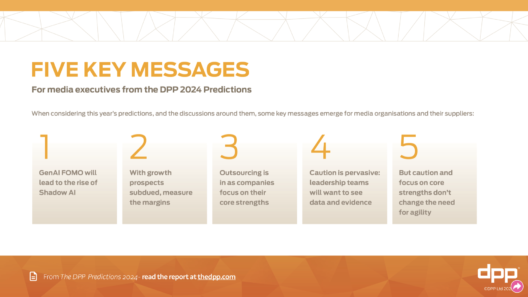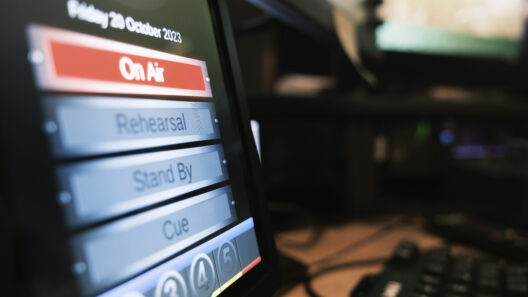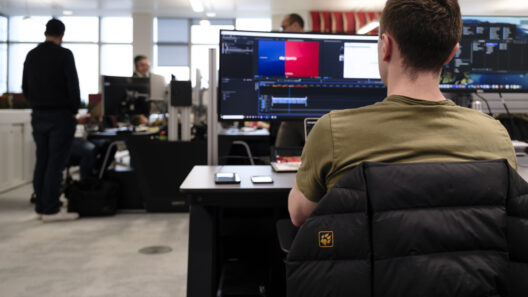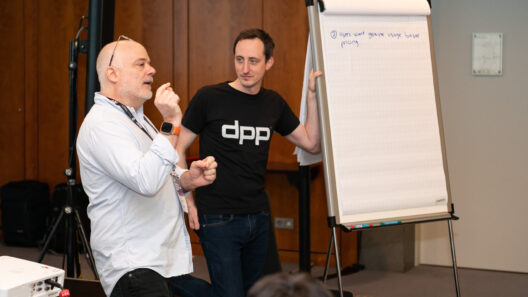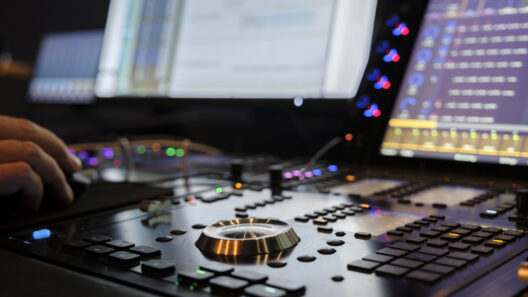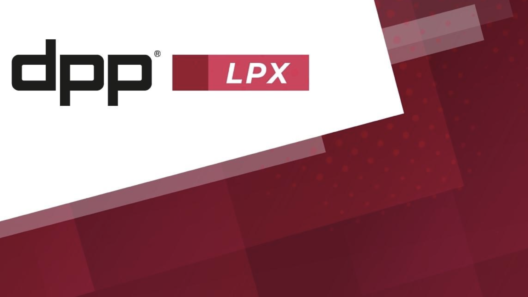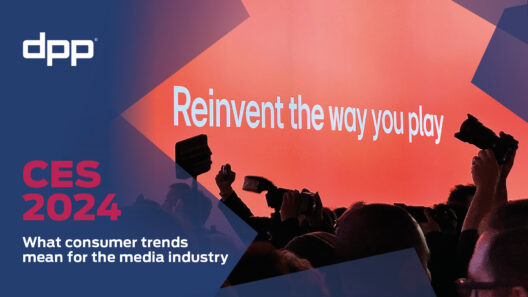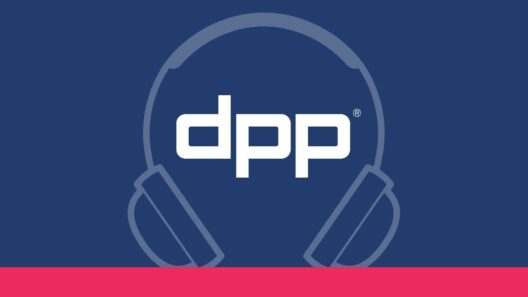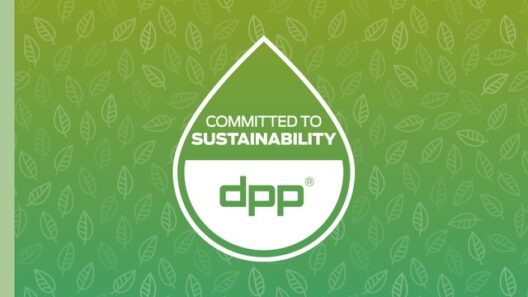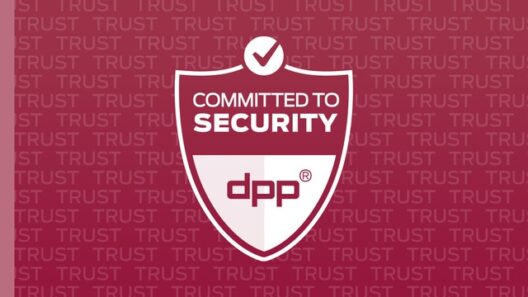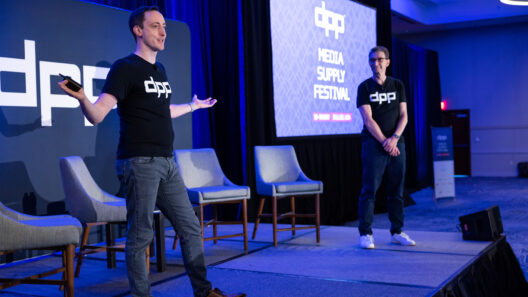We launched the DPP Committed to Sustainability programme at the last in person DPP’s Leaders’ Briefing in 2019 to help suppliers in our industry demonstrate their commitment to environmental sustainability. Since then, we’ve been making a conscious effort to continuously improve our own sustainability practices.
Events have a negative impact on the environment, and we knew this year’s Briefing, our biggest in person event of the year, would be no different. So, when we started planning, sustainability was at the forefront of our minds.
This is how we considered sustainability at our 2021 Leaders’ Briefing:

Abdul Hakim, DPP Business Development Manager and Natalie Billingham, VP Sales EMEA and EMEA Managing Director at Akamai Technologies
Finding a Sustainability Partner
Our experience was that sustainable alternatives to common event assets such as banners and lanyards could be as much as 55% more expensive. To make environmental sustainability at the Briefing possible, finding a Sustainability Partner was crucial.
We were delighted to have the opportunity to partner with Akamai because they are a key stakeholder in the media industry. A lot of the content distribution infrastructure relies on Akamai networks so any improvements in their capabilities, which they are constantly making, reduces the overall carbon footprint of the industry.
Kate Bresnan, Field Marketing - UKI/North at Akamai adds, “Akamai is thrilled to partner with the DPP on sustainability. It’s exciting to work with partners that will help us usher in a carbon-free internet with us!”
Choosing an eco-friendly event location
Hosting the Leaders’ Briefing at Etc Venues has always been the best choice for us. As well as having an established sustainability policy, their venue in Liverpool Street is just around the corner from Liverpool Street Station. This made it easy for attendees to travel to the Briefing by public transport.

Going paperless
In 2019, we printed our programmes on 700 physical paper brochures each consisting of 36 pages - obviously this produced a lot of waste. This year, creating digital programmes was a no brainer. And generating a QR code that directed users to the programme on our website made it easy for them to access.
We also implemented a paperless registration system that involved checking in via QR codes which we sent digitally.

Purchasing sustainable assets
First and foremost, we reused all assets saved from 2019. But when it came to purchasing any new ones, almost all of the event assets were made from sustainable and FSC certified sources. This required months of planning and careful budgeting as sustainable products have longer lead times and are more expensive. To further reduce our carbon footprint, we collected deliveries where possible.
Unfortunately, we found that purchasing sustainable banners remained a challenge. Indeed, part of their benefit was that they ‘looked’ sustainable but the cons outweighed the pros. Not only were they expensive, but the quality turned out to be poorer than expected, and they were far too complicated to assemble - trust me, it wasn’t worth the blood, sweat and tears! That’s why we encouraged Business Lounge members to think creatively and bring branding, such as tablecloths, that could be used again for other events.

Reducing and recycling waste
As well as saving assets for next year’s Leaders’ Briefing, we made sure to recycle as much waste as we could. We also constantly reviewed the numbers for catering across both days to ensure there was minimal food waste.
The only item we found difficult to dispose of sustainably was face masks - you’d think it would be easy after living with the pandemic for two years! In the end, we bought high quality UK manufactured face masks and a bespoke face mask recycling box.
For unavoidable emissions or instances in which we couldn’t find a sustainable alternative, including flights taken by some of the speakers, we offset the emissions through the reforestation project that we support with Mossy Earth. We doubled the estimate of what the offset needed to be, since we couldn’t be certain our calculation was accurate. For the third year running, we're planting trees in the Southern Carpathian Mountains in Romania and this time it will be 200 trees.
Of course, there’s always room for improvement and we’re already thinking about how we can better our sustainable practices for next year’s Briefing. But if I was to give three pieces of advice based on the experience this year they would be:
Plan ahead - Lead times are always longer for sustainable products.
Order samples - We found the quality of sustainable products to be hit and miss so it’s worth ordering samples first.
Think outside the box - What type of branding can you reuse again and again? For example, we’d recommend investing in tablecloths and lanyards.
